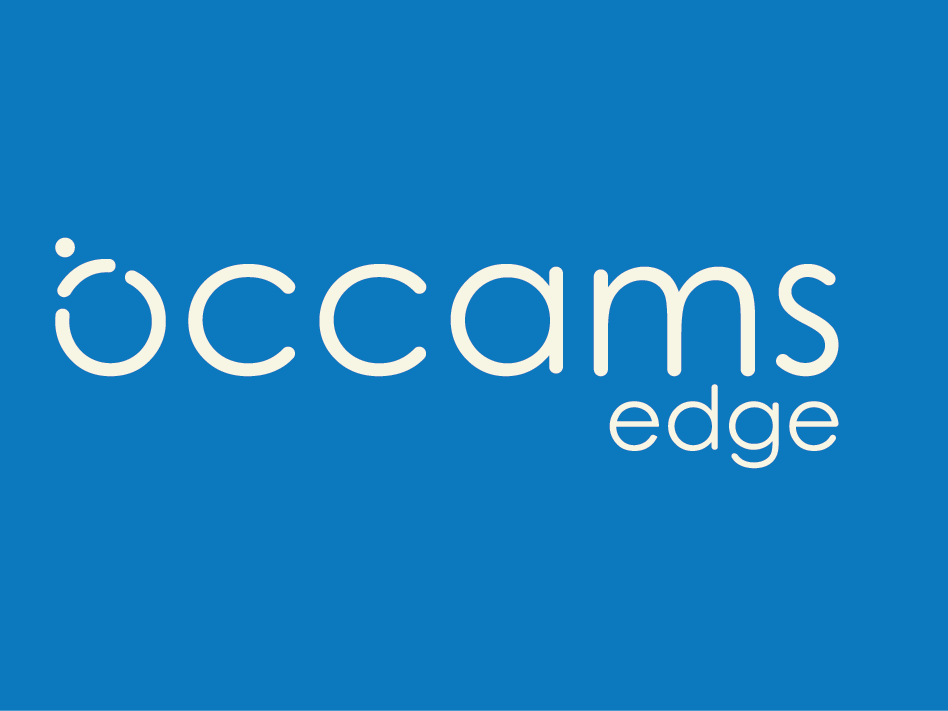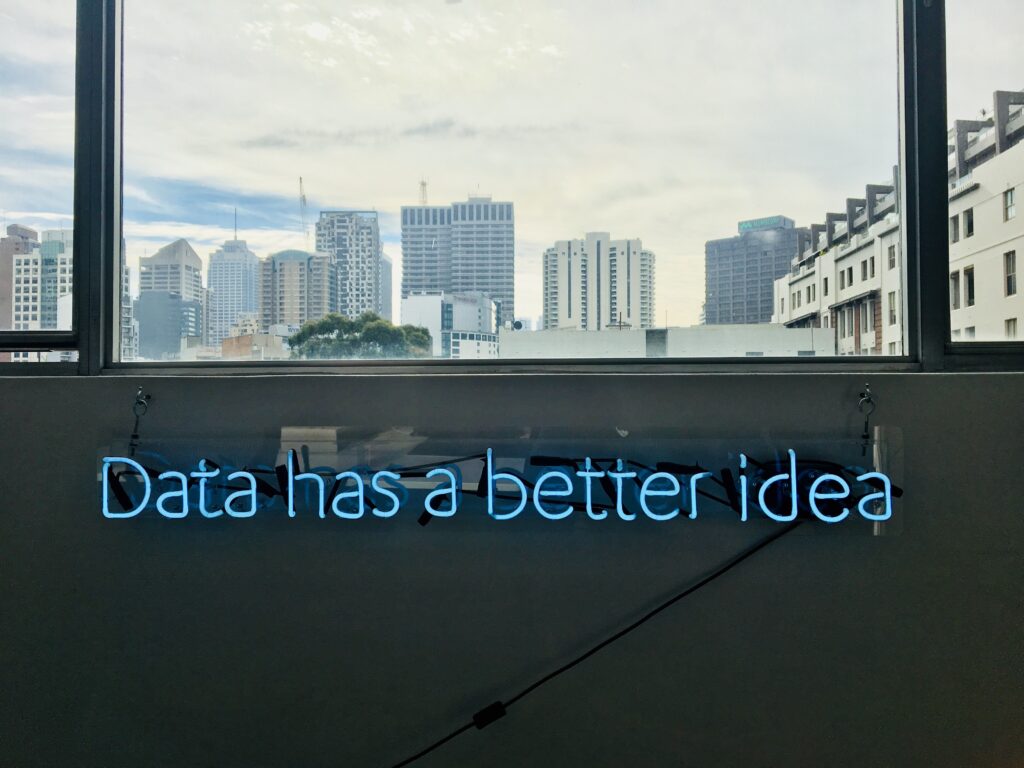
Implementing a change in technology in an organization is never an easy thing. It is a complicated process which involves coordinating many moving parts, clear communication, and effective change management. As we discussed in our July 3rd blog post, Complex Versus Complicated, this type of business issue, whilst complicated, should not be complex. Why is that? The reason is that there are clear processes and tangible goals involved in transitioning a company from one technology system to another. Complexity is added only once people are factored into the equation. Let’s dive into this and see how people and more specifically behaviour add complexity.
Let’s take a real life example of this, the actors remaining nameless of course! A medium size international perishable foods production and distribution company had seen tremendous growth in the past decade with revenues and international presence expanding rapidly. In cases like these, it can be difficult for all parts of an organization to keep up. In this case, the company’s waste tracking system was left behind. Tracking waste during production gives an estimate as to how much actual inventory a company has post-production. Initially, the company’s original system would estimate how much waste occurred during production by using relatively simple, general projections based on previous years’ data. However, as the company expanded, it was no longer able to produce accurate estimations of how much inventory was actually available and was consistently underestimating the amount of waste during production. More production locations, more workers, more machines, more storage locations, and more transportation services all provided opportunities for increased waste.This consistent inaccuracy had implications throughout the organization, production orders were too low and profit projections were too high. This was the business imperative that resulted in the company identifying and implementing a new waste tracking and inventory estimation system. The new system, WasteTracker, would help identify and accurately measure specific points of waste along the production line. Working hand in hand with WasteTracker, the company began to integrate the new system. This was not a simple undertaking, as employees had been using the old system since before the company experienced its rapid growth.
Integrating the new system meant switching from relying on relatively simple overall projections to operating a more sophisticated program which identified waste points along the production line in detail. This meant employees needed to be retrained. Programs needed to be installed. Projections would have to be recalculated. These tasks, however, could be approached intuitively and methodically.
The transition to a new technology system as described above is clearly complicated, but it is not necessarily complex.
The complexity began once the change in systems was introduced to the people that would be using it without clear communication about its purpose. In this case, management did not allocate sufficient time and resources to ensure effective communications as well as a change management process to streamline and accelerate user adoption. Without proactive management, human behavior will often certainly lead to questions without clear answers.
Whenever you introduce new technology, employees face difficulties and challenges. In our example, some employees struggled to learn how to use the system, others were fearful that they would become redundant, and others were simply mistrustful of the technology. This is when and how complexity begins to materialize.
Key questions that arise from this example that we can all learn from.
- How might management have helped employees to adopt to the new system, processes, and procedures?
- For those employees whose role was changing, how should this have be handled productively and proactively?
- In what manner can management enforce the use of the new technology?
- What could management have done to address change management issues well in advance of implementation completion?
While these questions may be frustrating and time consuming to deal with in the midst of a large technology implementation, it is far more costly to leave them unanswered or simply hope things will sort themselves out. An employee struggling to learn and use a new system means they are completing work much less efficiently than they are otherwise capable. An employee fearful for their job may become less focused on their work. They might also, unconsciously, or consciously, spread their doubt to others. A worker still completing their work the ‘old way’ will be desynchronized with the rest of their team. Time will have to be spent reconciling their work with the new system. While installing a new system may be a straightforward exercise, getting employees to learn and adapt to a new system can quickly become complex.
Initially, the implementation of the new system was complicated, not complex. This was because there were straightforward processes and tangible goals. Complexity quickly emerged once human behavior was introduced without any mitigation from project leaders and management.
Lesson learned: introducing people problems, unless managed and proactively guided, causes complexity that can derail success.
Does change management exist in your organization and what does it look like?
We’d love to hear from you.







